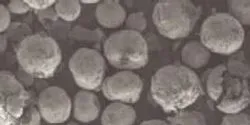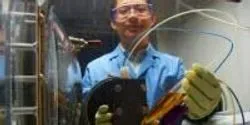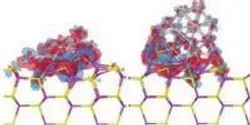energy storage

Nano Design Works and the Argonne Collaborative Center for Energy Storage Science will provide central points of contact for companies
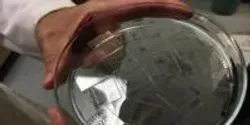
Using a hybrid silica sol-gel material and self-assembled monolayers of a common fatty acid, researchers have developed a new capacitor dielectric material that provides an electrical energy storage capacity rivaling certain batteries, with both a high energy density and high power density.

University of British Columbia researchers have found a new way to make state-of-the-art materials for energy storage using a cheap lamp from the hardware store

In the race to find materials of ever increasing thinness, surface area and conductivity to make better performing battery electrodes, a lump of clay might have just taken the lead. Materials scientists from Drexel University’s College of Engineering invented the clay, which is both highly conductive and can easily be molded into a variety of shapes and sizes. It represents a turn away from the rather complicated and costly processing—currently used to make materials for lithium-ion batteries and supercapacitors—and toward one that looks a bit like rolling out cookie dough with results that are even sweeter from an energy storage standpoint.
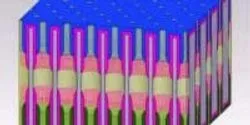
Researchers at the University of Maryland have invented a single tiny structure that includes all the components of a battery that they say could bring about the ultimate miniaturization of energy storage components.

